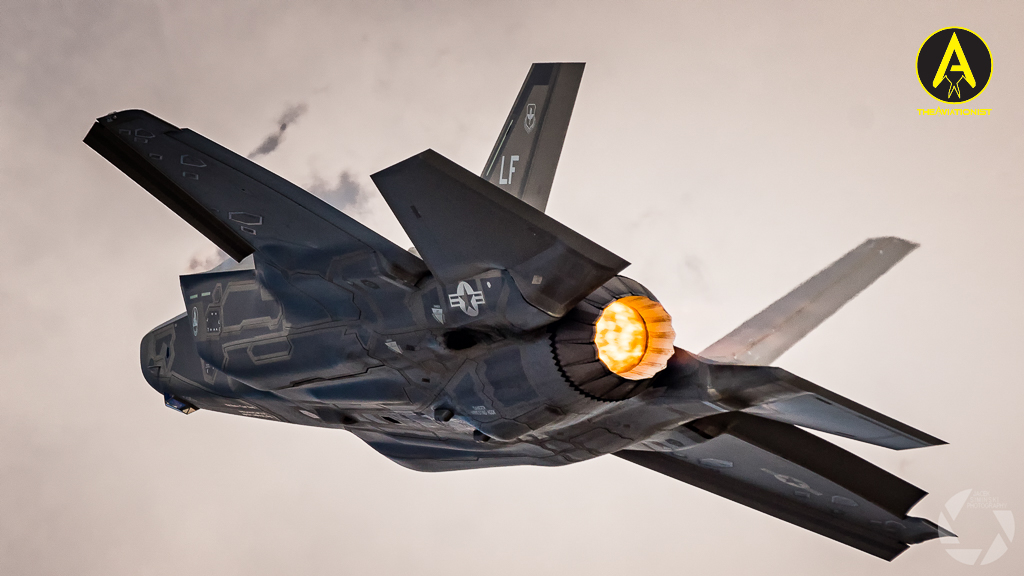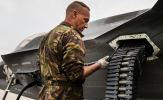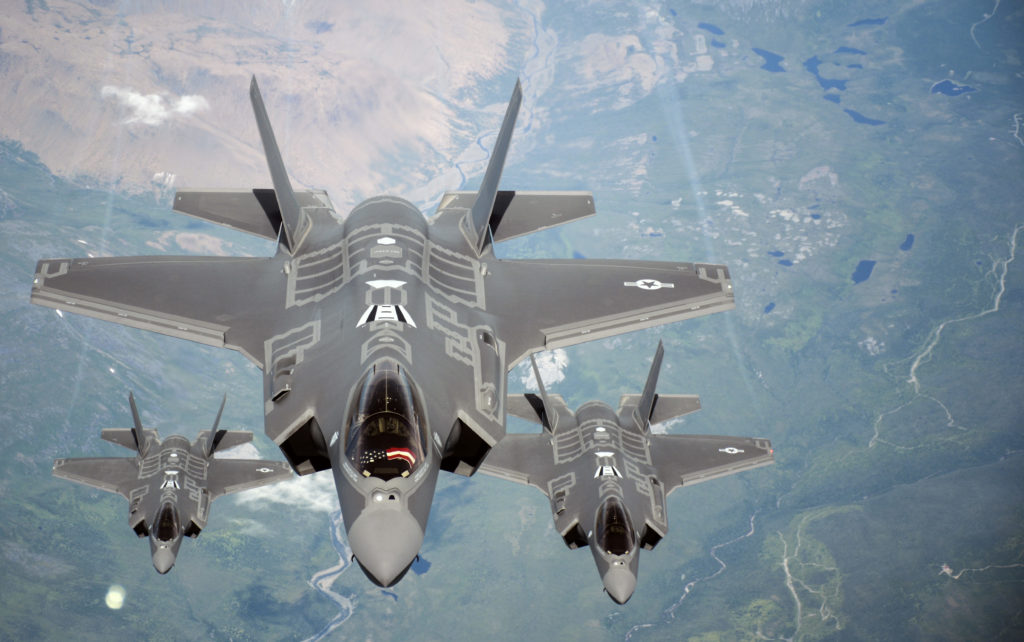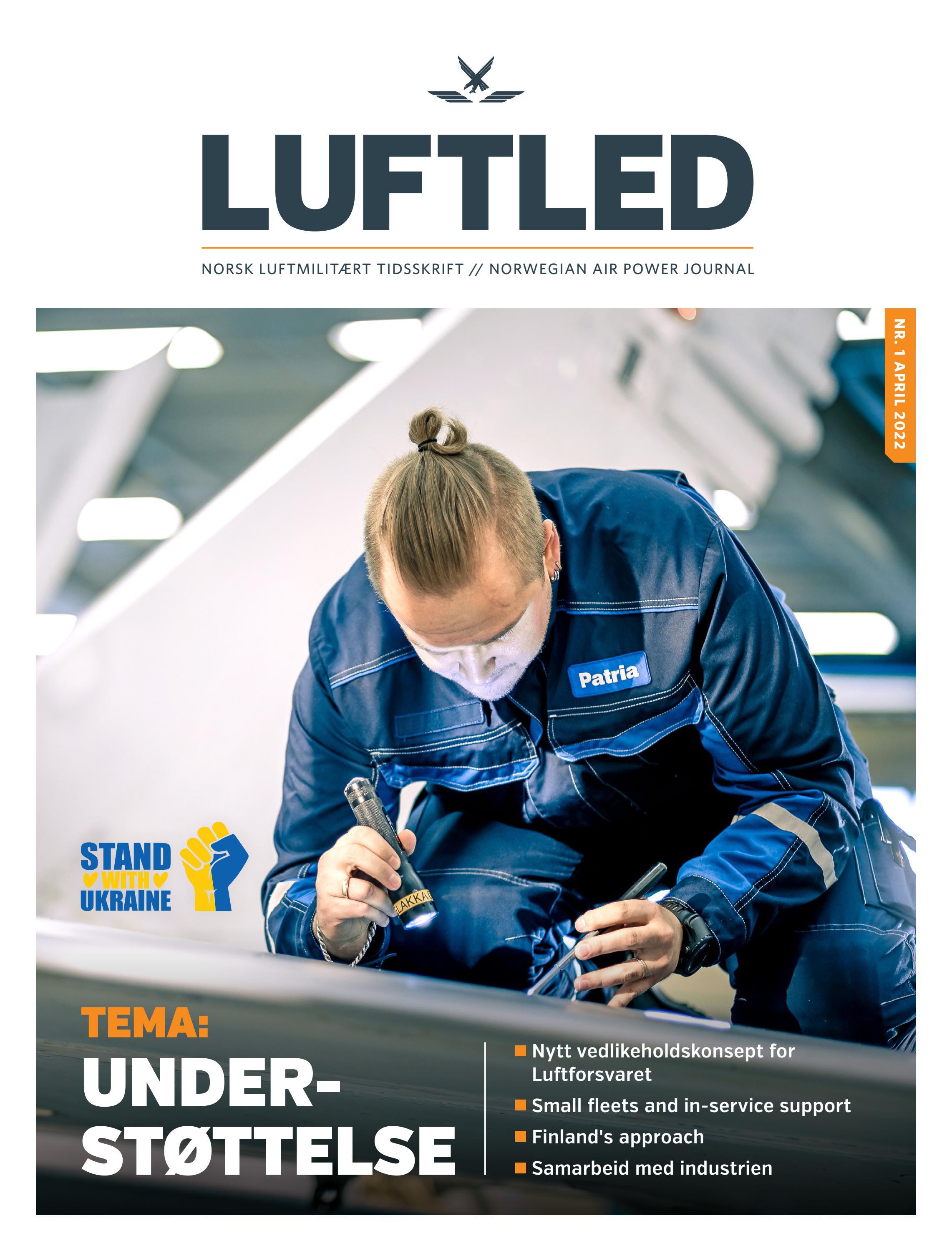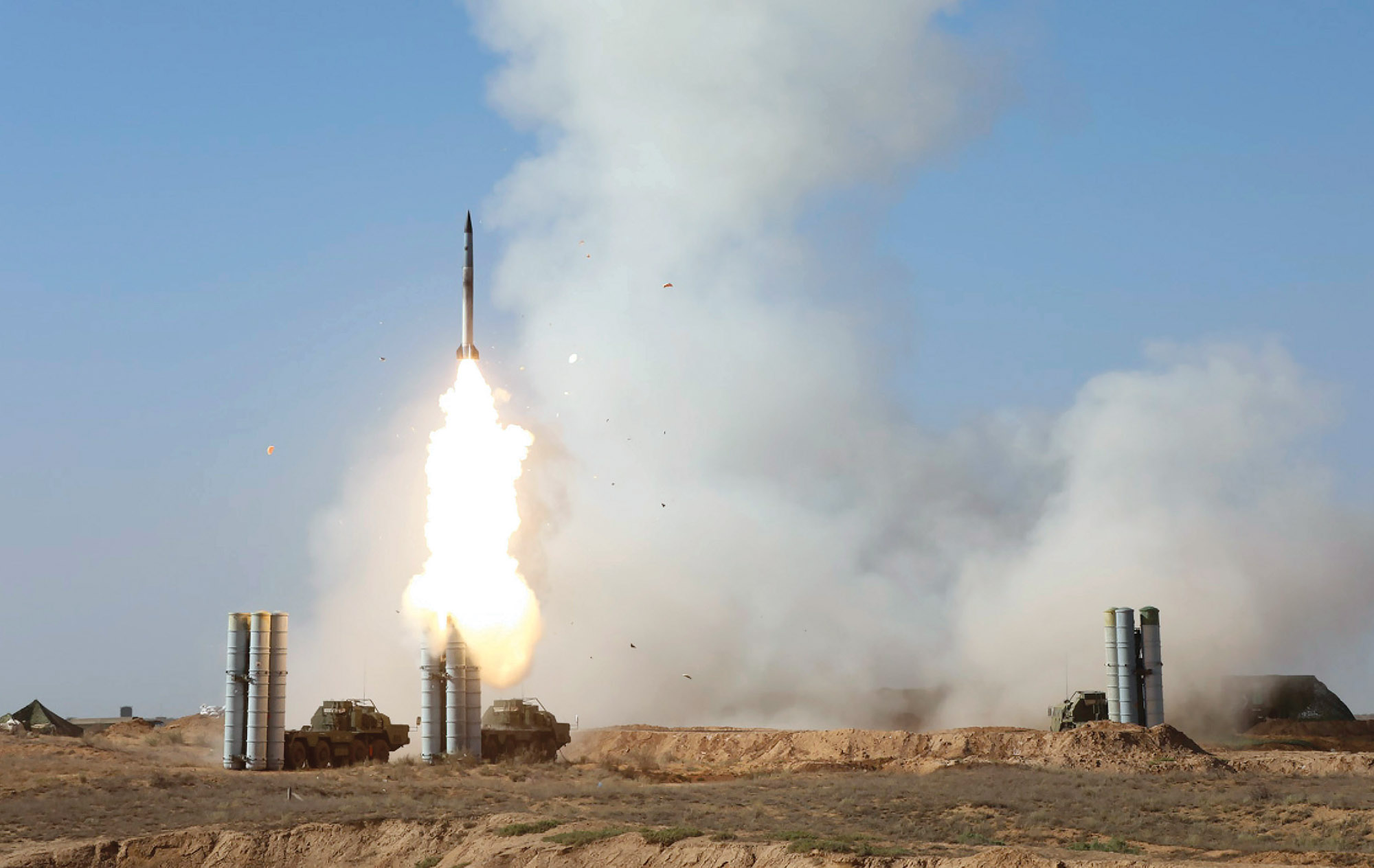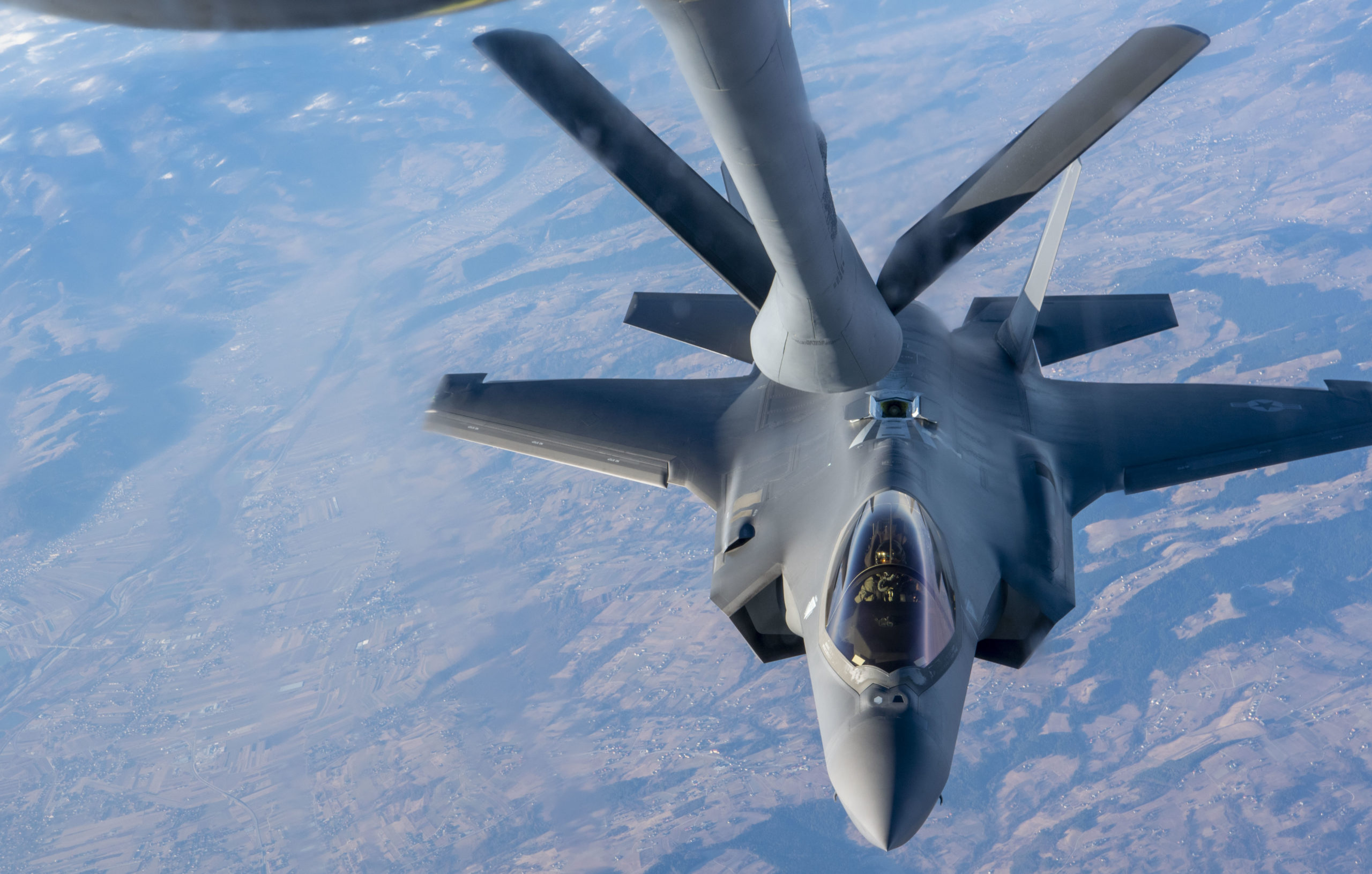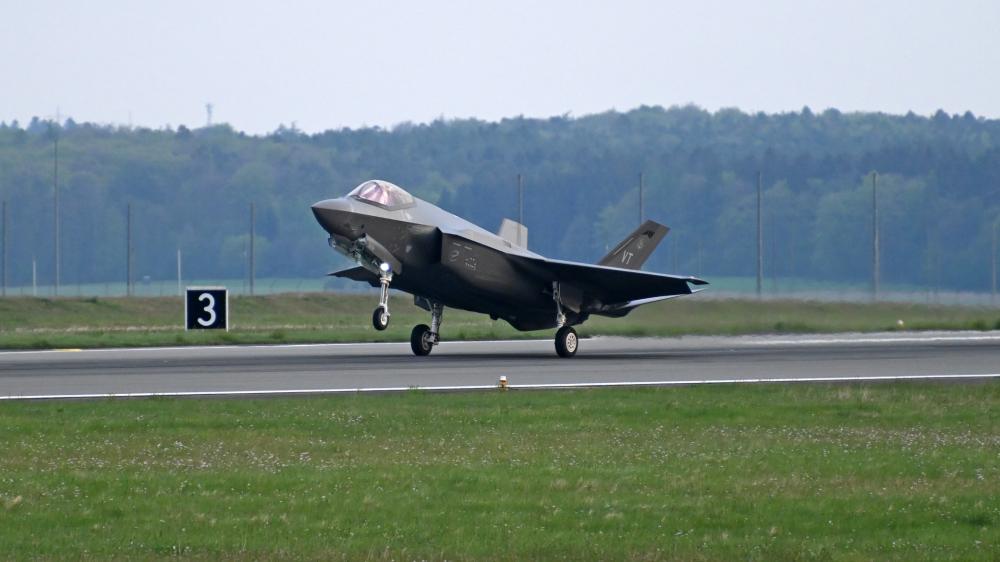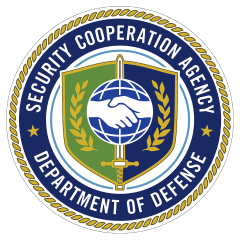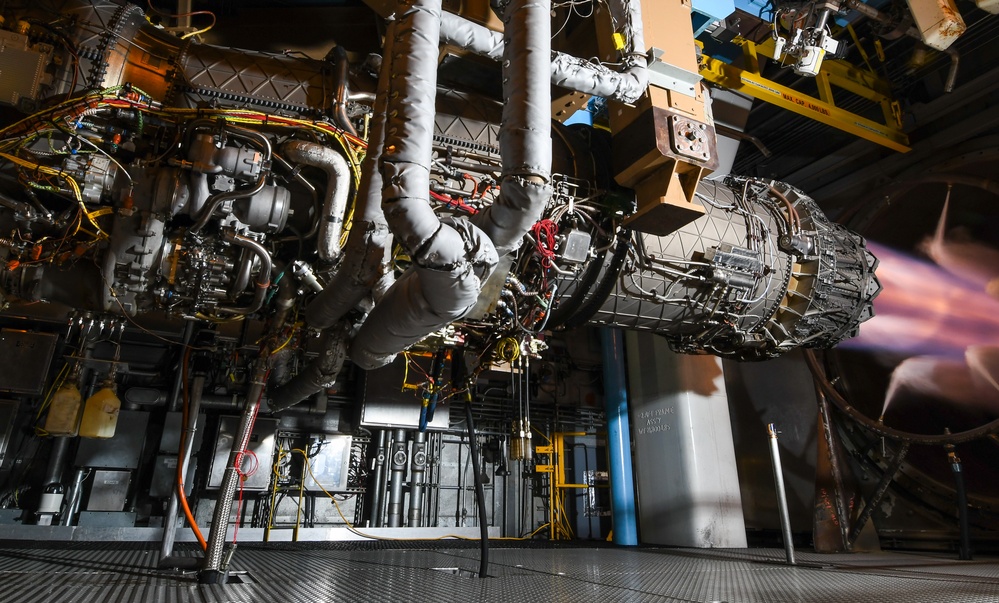"The easy answer is that the F-35 will have a huge impact on the entire defence," says Anders Rex and continues: "The more serious answer is that we don't yet know exactly how. It's only when we start working with the aircraft that the possibilities really become apparent."
says Anders Rex, giving an example: "In 2009, I visited an F-18 unit in the US Navy that had just had a radar upgrade to AESA (Active Electronically Scanned Array, also on the F-35, ed.). They told me that every day they found new things they could use the radar for. So it's hard to say what we're going to be able to do with the aircraft this early in the process. It's when the pilots meet that the magic happens," says Anders Rex.
For example, it has been mentioned that Denmark might be able to use the aircraft as a deterrent in the Arctic.
The last 17 of the 27 planes are ready to be equipped with a parachute, so they can use on short and slippery runways, says Anders Rex: "It could be in Norway, it could also be in the Arctic. No decision has been taken to use the F-35 in the Arctic, but it gives flexibility," says the air chief.
